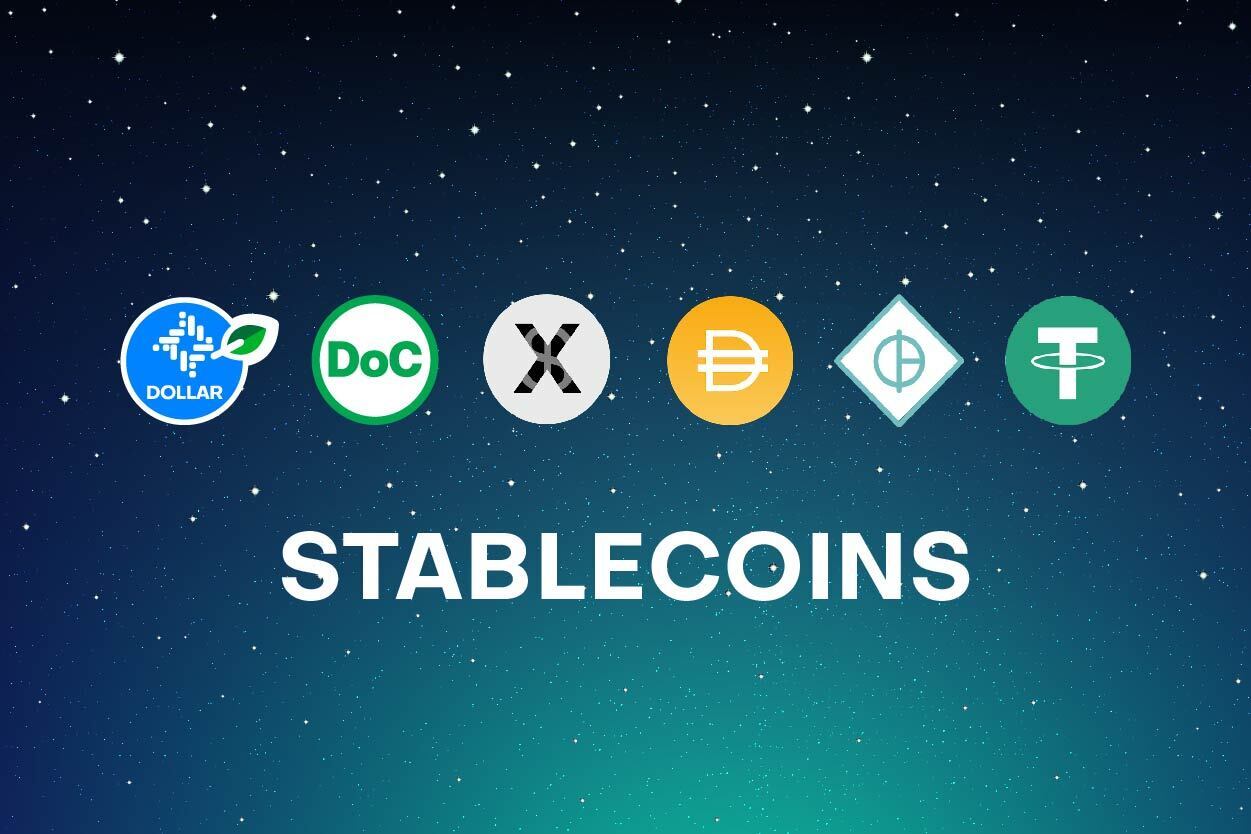The high volatility of cryptocurrencies, including Bitcoin, has been a significant challenge in crypto.
Even though traders leverage this volatility for profits, crypto holders don’t fancy it, especially when the price goes south.
Also, volatility issues make cryptocurrencies not suitable for common transactions.
To provide an alternative to the price volatility of other cryptocurrencies, stablecoins were created.
You might have heard of or used these stablecoins even without knowing how they work and the risk they hold.
Here in this article, we would discuss stablecoins and the frequently asked questions about them.
What is a Stablecoin?
Stablecoins are cryptocurrencies that have a pegged value, to that of a currency, commodity, or financial instrument.
Stablecoins were created as an alternative to volatility tokens.
Why are Stablecoins special?
Stablecoins have so many values attached to them.
While the price volatility of Bitcoin and other cryptocurrencies are leveraged for profits, it remains a problem for other investors.
- For common transactions: Apart from the long-time volatility of cryptocurrencies, they still undergo intraday price volatility. And as such, a merchant may feel bad if there is a decline in the price of a token after accepting it as payment. To avoid this, stablecoins can be used as a form of payment in common transactions since they are less volatile, as their price retains the value of the currency they are pegged to.
- Regulation Friendly: The high volatility of cryptocurrencies exposes crypto to more scrutiny and regulations. Unlike other cryptocurrencies, stablecoins are regulation friendly and can be seen as the digital currency of money.
- Better Adoption: Stablecoins can be easily adopted as a payment form since they retain the value of the currency they are pegged to. Also, while they are regulation friendly they can be easily adopted by any financial sector.
- Collateralized: Stablecoins are collateralized, as they are backed up by either fiat, crypto, or any financial instrument. Their backup makes them more secure and not disturbed by volatility.
Different kinds of Stablecoins
There are several stablecoins that exist, just that they are differentiated by their collateralized structure.
These stablecoin kinds are all unique but some people envision a decentralized world shifting from centralized currencies like fiat.
Below are the known stablecoin kinds in the crypto space:
Fiat-Collateralized Stablecoins
These are the most popular stablecoins, they are backed and pegged to fiat currencies like the US dollar, and EUR 1:1.
This type of stablecoin is collateralized by fiat currencies, assuring their value.
This means that the stablecoin will ideally retain the value of the fiat currency in a 1:1 ratio.
However, since the collateral is not a cryptocurrency, these stablecoins are called off-chain stable coins as they have a central issuer.
The fiat collateral (USD, EUR, etc.) is kept in reserve with a central issuer and the number of currencies must remain proportional to the number of stablecoins in circulation.
For instance, if there are 2 million stablecoins in circulation, the issuer must have $2 million in fiat currency, in the reserve.
For instance, if the issuer has a reserve of $2 million in fiat currency, they will only have two million dollars worth of stablecoins to distribute, each of the tokens having the value of one dollar 1:1.
Examples of these stablecoins are USDT, TUSD, BUSD, etc.
Crypto-Collateralized Stablecoins
Unlike fiat-backed stablecoins, crypto-collateralized stablecoins are backed by other cryptocurrencies.
These stablecoins have no central issuer, which means they are decentralized and on-chain.
Since cryptocurrencies are normally volatile, the reserve cryptocurrency will also be volatility prone, therefore these stablecoins are over-collateralized – the cryptocurrency in the reserve is more than the number of stablecoins in circulation.
For instance, if there are 1 million stablecoins in circulation, the issuer must have $2 million worth of the cryptocurrency, in the reserve.
How does it work?
When having a crypto-backed stablecoin, you’re technically locking your cryptocurrency into a smart contract to have stablecoins of equivalent value.
To redeem your cryptocurrency, the stablecoin is placed into the same smart contract, and the original collateral amount becomes available to be withdrawn.
Examples of these stablecoins are WBTC, DAI, etc.
Algorithmic Stablecoins
These stablecoins are not collateralized by crypto or fiat. Instead, their stability is retained through algorithms and smart contracts that manage the supply of tokens in circulation.
The algorithms are computer programs running on preset formulas – that work closely with the law of supply and demand – an increase in supply leads to a decrease in price.
For instance, when the price of the stablecoin exceeds the price of the fiat currency it follows, new tokens will enter circulation(increase in supply) to reduce the stablecoin value.
Also, when the market price of the stablecoin falls below the price of the fiat currency being tracked, tokens will be removed (decrease in supply) from circulation to stabilize the price.
Commodity-backed
This stablecoin kind is not really common, it is backed by physical assets like precious metals, oil, and property and land holdings.
However, the prices of commodities are also volatile, which could lead to value loss.
These stablecoins can be used to facilitate investments in assets that might not be available locally.
For instance, these stablecoins can be used in countries where it is difficult to locate, purchase, and store assets like bars of gold and silver.
Which Stablecoin type is the best stablecoin?
All stablecoin types are unique in their own way. Depending on what you want, you can choose a particular type over the other.
However, from the stablecoin type gaining massive attention and users, Fiat backed-stablecoins are the most used stablecoins in the world at large.
Tether (USDT) is the most popular and largest stablecoin by market capitalization, followed by USD Coin (USDC).
Top 9 Stablecoins by market capitalization

According to coinmarketcap data, the top stablecoins by market capitalization are;
- TETHER, USDT ($69,117,299,495)
- USD COIN, USDC($43,705,956,222)
- BINANCE USD, BUSD($21,395,177,480)
- DAI, DAI ($6,290,111,851)
- Pax Dollar, USDP ($941,965,986)
- TrueUSD, TUSD ($824,379,459)
- USDD, USDD ($723,754,678)
- Neutrino USD, USDN ($661,844,388)
- Fei USD, FEI ($420,008,280)
Conclusion
As we know, there is a disadvantage to everything and there is a significant amount of risk also attached.
Stablecoins also has disadvantages;
- The ones that are crypto-backed have volatility problems.
- The Fiat-backed can have decentralization problems.
- Generally, they can be subjected to human error, and the owner of the reserve might refuse to redeem assets.
- Algorithm stablecoins can be treated as a Ponzi scheme where new tokens are only created through new users depositing collateral, so when users stop depositing, it crashes.

